Class of 2018 | colbys@wharton.upenn.edu
Over the past couple years, the craft brewery industry has become a very attractive investment for private equity firms. For the beer industry, “2015 brought an unprecedented number of mergers, acquisitions and private-equity purchases.” (Nurin). You might have noticed the attention craft has received, more so than activity in the wine industry, and the growth in the number of breweries. The focus in craft investment, in particular, stems from the double digit growth it has seen over past six years, according to the Brewers Association. (Cohen). Much like the rivalry between Penn and Princeton, the battle between big beers and craft beers has grown highly competitive in 2016. “While AB InBev and MillerCoors still make up 72% of all US beer sales, craft beer has been rapidly growing.” (Taylor). The demand for craft beer has steadily been growing over the past couple of years and the mid-year 2016 estimates show a positive 8% year over year volume growth (shown in the graph below). (Watson). This demand may be driven, in part, from the enthusiasm for taprooms and brewpubs.
Most recently, investors have been looking to Eastern European beer brands. Bain Capital, KKR, and other private equity firms are interested in purchasing a group of A-B InBev’s beer brands. The group of beer brands are worth more than 5 billion euros and A-B InBev is working with Lazard to facilitate this bid. An unusual bidder is a Hungarian oil and gas group, Mol, which is hoping to “diversify into new business areas.” (Geller and Barbaglia).
While growth in the craft industry is promising, it is important to keep in mind how saturated the market has become. In March 2016, Ken Grossman said, “‘I’m not sure all the people [investing] their money in [craft breweries] are going to get the returns they’re hoping for.’” (Nurin). While PE firms have three-year to five-year (even ten-year) horizon, they may not see the sale price they were hoping for; when many of these firms are all looking to sell, there may be far fewer buyers. In addition to the rapid growth in breweries, there remains the issue of supply. With breweries demanding more hops (ingredient for beer), the suppliers are not able to provide quickly enough to meet the demand. “The plants produce about 50% to 75% of their potential yield in the first year on average and don’t mature fully until their second or third year. Meanwhile, new breweries open daily. Those startups often are uncertain about growth plans, making it risky for farmers to commit to long-term contracts with them.” (Tripp).
Looking forward, I think that the investment in craft breweries will soon see a decline. Some have gone so far to call this a “craft beer bubble”. These changes have ramifications throughout production chains. “When craft beer took off—with volumes doubling to 24.5 million barrels between 2011 and 2015” farmers had to completely switch their agricultural production. (Tripp). As consumer behavior changes, the farmers and breweries will be the most severely impacted from overproducing and underselling. I believe the growth in craft will slow as the realization that amateur brewers cannot deliver craft for economies of scale. With the growth and scale this industry has seen, craft risks losing its distinguishing feature: quality.

